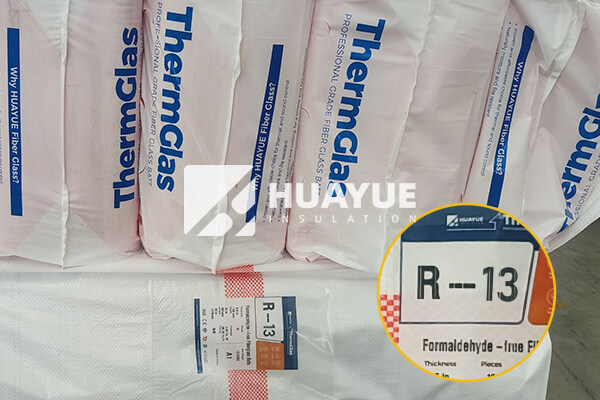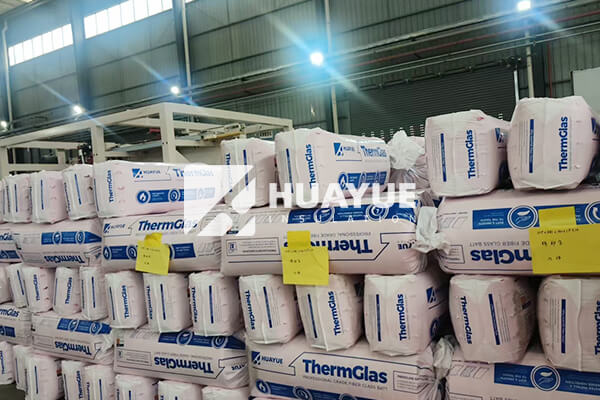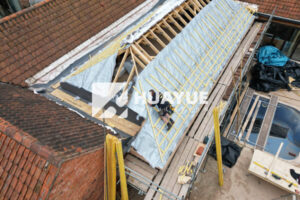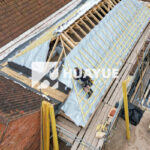What Are Batt Insulation R Values and Why Do They Matter?
Many people hear about R-values, but few know how much they affect comfort and energy costs.
Batt insulation R-value measures how well the insulation resists heat flow. Higher R-values mean better energy savings and more stable indoor temperatures.

R-value is often the first question I get from clients concerned about energy efficiency. Understanding R-value helps in picking the right insulation for each climate and project.
How Is the R-Value of Batt Insulation Determined?
Not all batts are created equal. Their thermal resistance depends on key product qualities.
The R-value of batt insulation depends on its thickness, density, and material type. Each batt is labeled with its R-value per inch and total coverage.
Standard fiberglass batts gain R-value from millions of trapped air pockets, with thicker and denser batts providing higher values. Manufacturers provide clear labeling, so you can match your local building code or energy needs. For example, an attic may need R30 or more, while walls may only call for R13 to R19.
| Thickness (inches) | R-Value (fiberglass) |
|---|---|
| 3.5 (wall stud) | R11–R15 |
| 6.25 (ceiling) | R19–R21 |
| 12 (attic) | R38 |
Why Does R-Value Matter for Homeowners and Facility Managers?
If you skip proper R-value, you risk higher bills and uneven temperatures indoors.
Choosing insulation with the correct R-value ensures buildings stay warm in winter and cool in summer. This saves money and increases comfort.
Local codes often set the minimum required R-value by climate zone. Using too little means your building leaks energy, costing more every month. Using the right R-value pays back fast. I have seen many homes that required less heating and cooling after upgrading to higher-R batts.
| Region/Climate | Minimum R-Value (walls) | Minimum R-Value (attic) |
|---|---|---|
| Mild | R13 | R19–R30 |
| Cold | R19 | R38 |
| Very cold | R21 | R49 |
Can You Combine Batt R Values for More Coverage?
You might need higher R-values than single batts provide. Layering insulation is a smart way to reach the target.
Combining batts—by overlapping layers—lets you increase R-value beyond a single product’s rating. Always avoid compressing batts, which lowers effectiveness.
Install a second layer perpendicular to the first. This fills any air gaps and boosts overall resistance to heat flow. Be sure each layer lays flat for best results. Layering is common in attics, where extra thickness is easy to add.
| Style | Resulting R-Value |
|---|---|
| One R19 layer | R19 |
| Two R19 layers | R38 |
| R30 + R13 | R43 |

How Does R-Value Affect the Choice Between Different Batt Types?
Not every batt is made for the same application. R-value helps guide the selection.
High-R batts are best for extreme climates or attic spaces, while lower R-value batts work for interior walls in milder conditions.
Attics, crawl spaces, and exterior walls need higher resistance to heat flow. Interior walls need less. Consider your budget, space limits, and energy goals to choose the best fit. Always read the packaging and consult local codes for specific guidance.
| Area | Recommended R-Value |
|---|---|
| Attics (all climates) | R30–R49 |
| Exterior walls | R13–R21 |
| Interior walls | R11–R13 |
Conclusion
Batt insulation R-values guide smarter choices for comfort and cost savings—making every building safer, more stable, and more efficient.
You may also be interested in:
Ready to Get Started?
Get in touch with our experts for personalized solutions tailored to your needs.
Get Free QuoteLatest Articles


What Does Density Mean for Rock Wool Insulation?
Nov 25, 2025

Does mold grow on fiberglass insulation?
Nov 25, 2025
Let's Work Together
Ready to take your business to the next level? Get in touch with our team of experts and let's discuss how we can help you achieve your goals.
Get Free Solutions




